Lush flowers tumbling over the pathway. Vines that clamber up structures from trellises to trees. Beds and borders so thick with shrubs and perennial, edibles and annuals, you can’t even see into the middle. Something always in bloom and the order of disorder the word of the day. This is the promise of a cottage garden.
Dating in this country from colonial days, the first cottage plots provided needed food and some cheerful prettiness. Today, cottage gardens are more about a sensibility, a freewheeling, bright, lively, and deeply personal garden. It gives you the feels when you look at it. All you need to have a wonderful cottage garden is a passion for plants. Plus a willingness to throw out the rules and mix them all up.
Here are five things to consider when designing your own cottage garden. Because different regions need different plants to achieve this sensibility, we’ve added some examples that demonstrate the possibilities. And we have our list of 13 Essential Cottage Garden Plants here: (zone: 3 – 7) and (zone: 8 – 11).
Questions or comment? Leave them below. And be sure to follow us on Instagram ’cause we post great stuff twice a day!
In this coastal Maine location, landscape architect Tom Lovejoy created a naturalistic yet cohesive version of a classic cottage garden.
There are all the signature elements–loads of perennials, woody herbs, and flowering shrubs. Although they’ve been contained and tamed by strong, structural lines and killer topiary.
He’s carried some of the exuberance into the rest of the yard, too. Look at the back of the garden and notice a very happy climbing hydrangea scrambling up an old pine tree.
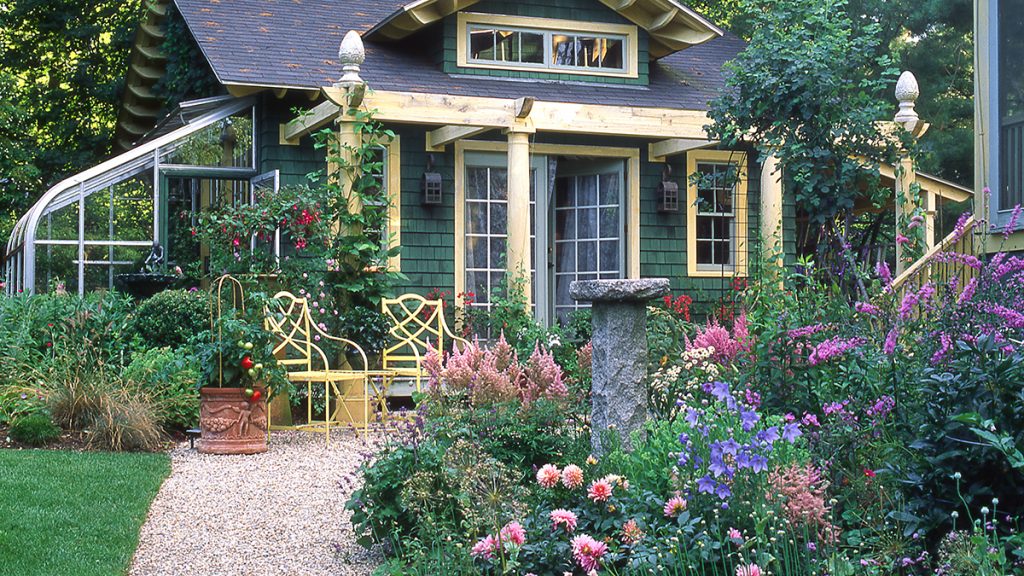
Because you will ask (and we don’t blame you!), here is a closer look at Tom’s cottage garden. He has layered perennials such as astilbe and salvia with annuals and herbs, including flowering chives, into the mad mix. There are also vegetables such as soft, leafy lettuces and more than one tomato, too. The structure comes from the shape of the gravel paths, but also from ornaments such as this granite pillar.
Now, onto making a cottage garden of your own…
1. NO "COTTAGE" IS REQUIRED
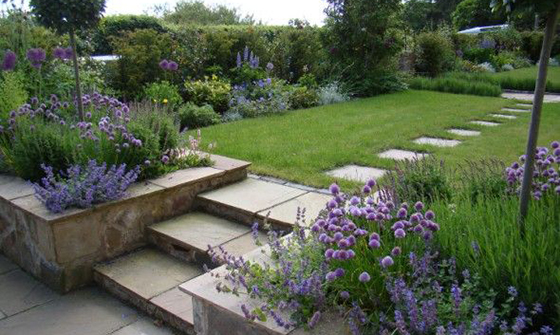
While a cottage garden outside an actual cottage is unquestionably charming, this style of garden can fit into many scenarios. Here is an example of a cottage garden that has all the billowy charm. Plus it continues the clean lines and simplicity of the nearby house. It’s a happy mess that’s modern, too.
Once you’ve established the garden’s form, start adding plants for flowers and foliage. Experiment and play. Cottage gardens can change from week to week and month to month–often inspired by a nursery trip. The only rule is…there are no “rules.”
2. WORK WITH YOUR CLIMATE
Cottage gardens began as little side gardens to grow fruits, herbs, and flowers for a household. The best mix of all of these is the one that works for your climate. (The magic of a cottage garden is that it can be made from anything that works in your zone.) If foxgloves and peonies aren’t right for your climate, don’t go there. Look at these examples to see how amazing a cottage style can be in all sorts of environmental conditions. Remember, a cottage garden is a feeling, not a formula!
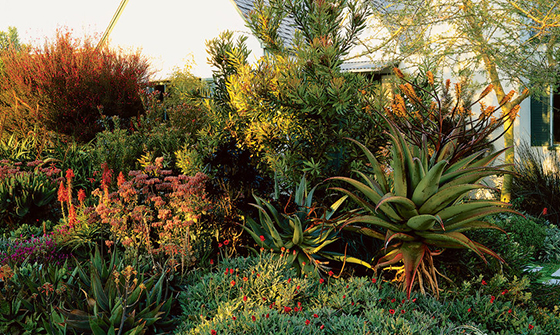
This cottage style garden in Los Angeles exemplifies the idea that more is more. Only if it works with your environment. Fussing and feuding with plants that aren’t happy is no one’s idea of fun in the sun. Aloes, succulents, flowering shrubs, grasses and a few herbs give all of the color of a cottage garden. They are also waterwise.
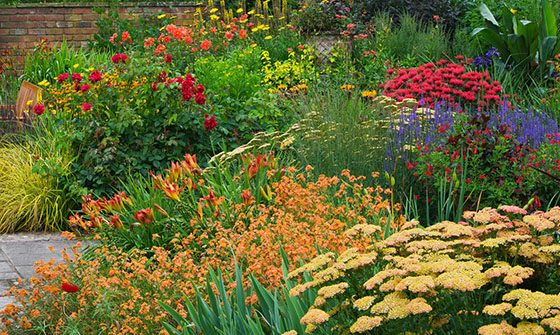
This colorful and charming New Mexico garden has it all, from herbal groundcovers to flowers for vases. It’s just as pretty and dense and exciting as any cottage garden you might find in cooler zones. We love the Santa-rita Tubac™ Prickly Pear--so desert meets cottage!
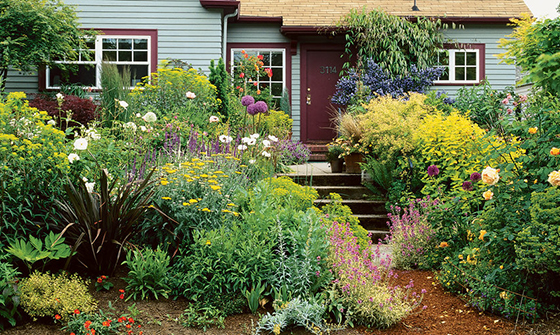
Located in Portland, OR, this garden is closer to the style of a traditional cottage garden. (There are steps in there somewhere!) Although the plant choices have a distinct Pacific Northwest feeling. And, no one says a cottage garden must be consigned to the back of the house. What a welcoming front yard.

In Atlanta, this garden brings together so many of the classic cottage garden elements. Edibles like herbs and nasturtium flowers, flowering climbing vines, and fuss-free perennials are all contained within this arched walkway. This garden shows that even in zones that swelter in summer, it's possible to have a picture perfect cottage garden.
3. CONTROL THE CHAOS
A cottage garden chock-a-block with billowy plants, cascades, wispy varieties, spires, shimmers, and globes. This is a mix of everything YOU LOVE constrained only by whatever order you decided to impose. That said, to keep your garden from becoming one big unruly patch, you’re going to need some structure.
All gardens needs good bones and this is certainly true of cottage style ones. Before you put a single plant into the ground, start thinking about the backdrops. You'll depend on these to make your garden really shine. Hedges, fences, stone walls, lawn, gravel or other types of paths. And, evergreen shrubs that can help to anchor the garden. All of these provide form and context.

4. ARCHITECTURE RULES
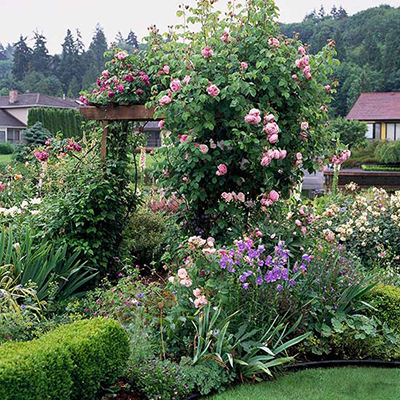
Cottage gardens are meant to be hard working and used. Paths, gates, pergolas are all excellent ways to add structure, as well as utility. You don't need all of these, but no cottage garden is truly complete with at least one structural element such as this arbor.

…Or this simple white picket fence. Any sort of fence, really. Enclosure creates a sense of purpose and of place so your cottage garden feels truly special.
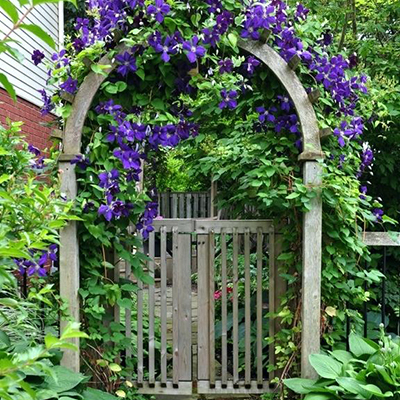
Not to mention a gate. Cottage gardens were actually originally enclosed to stop animals from foraging. Gates and fences were not just charming, but necessary.
5. CONTAINERS ARE WELCOME HERE
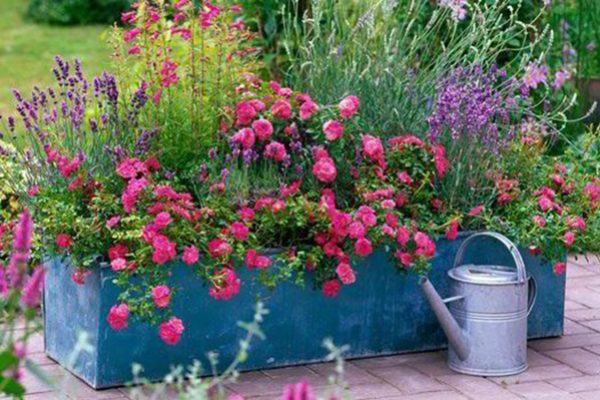
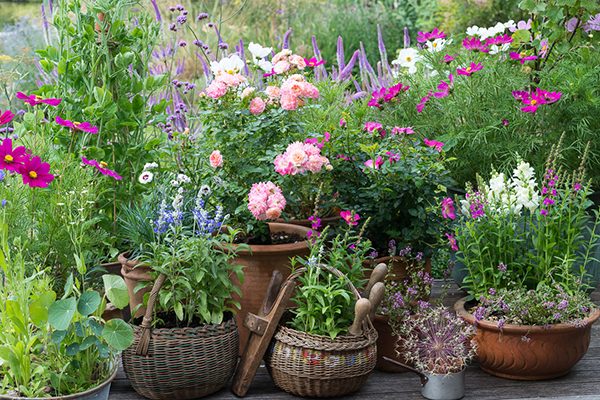
Cottage gardens look especially great when you shove a container or two into the mass. This will give the eye a place to rest. (See the top image for an example–containers are key to Tom’s lovely garden.) Containers are an essential element of a cottage garden. Sometimes tucked into a bed to break up the delicious madness and create some sort of order. Alternatively, planted up and used as an edge or an accent. Just don’t over do it. It’s an accents, not the garden. (Unless of course you want an entire cottage garden in containers, which we think would be outstanding!)
Image credits:
Top: Lynn Karlin; (2) original source unknown (3) Steve Gunther (4) Saxon Holt (5) Clive Nichols (6) Janet Loughrey. (7) original source unknown (8) Andrew Grossman (9) original source unknown, original source unknown, widowbox.com (10) Getty (11) Nicola Stocken.




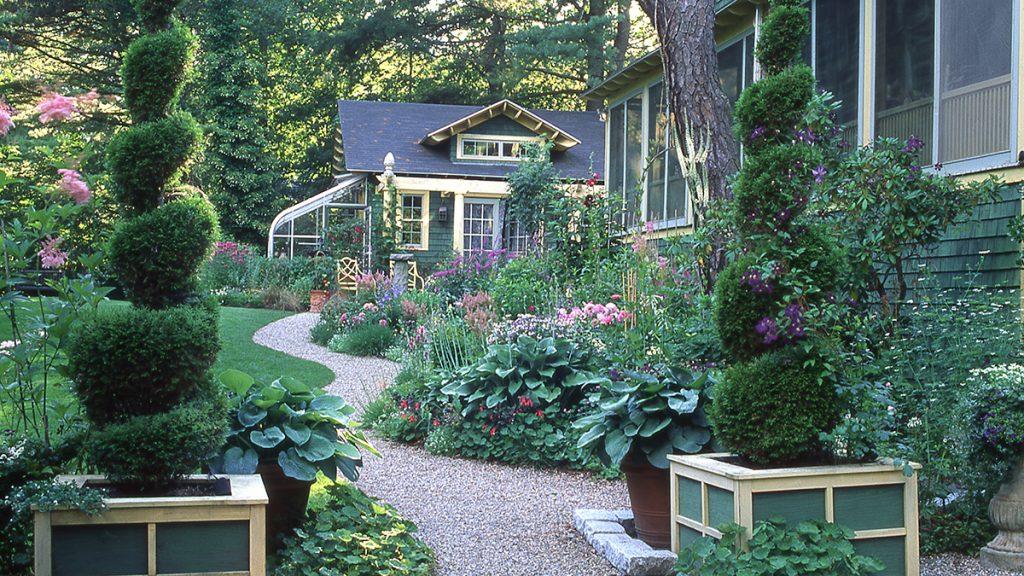
Please login to comment.
Don't have an account?
Sign Up for free